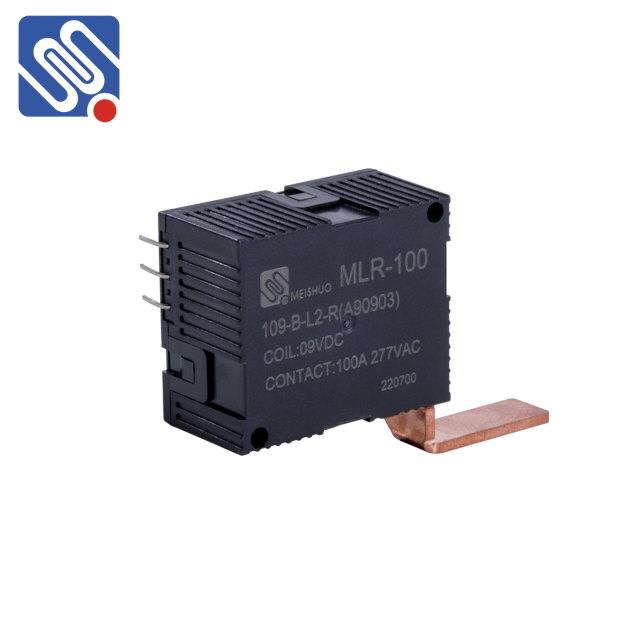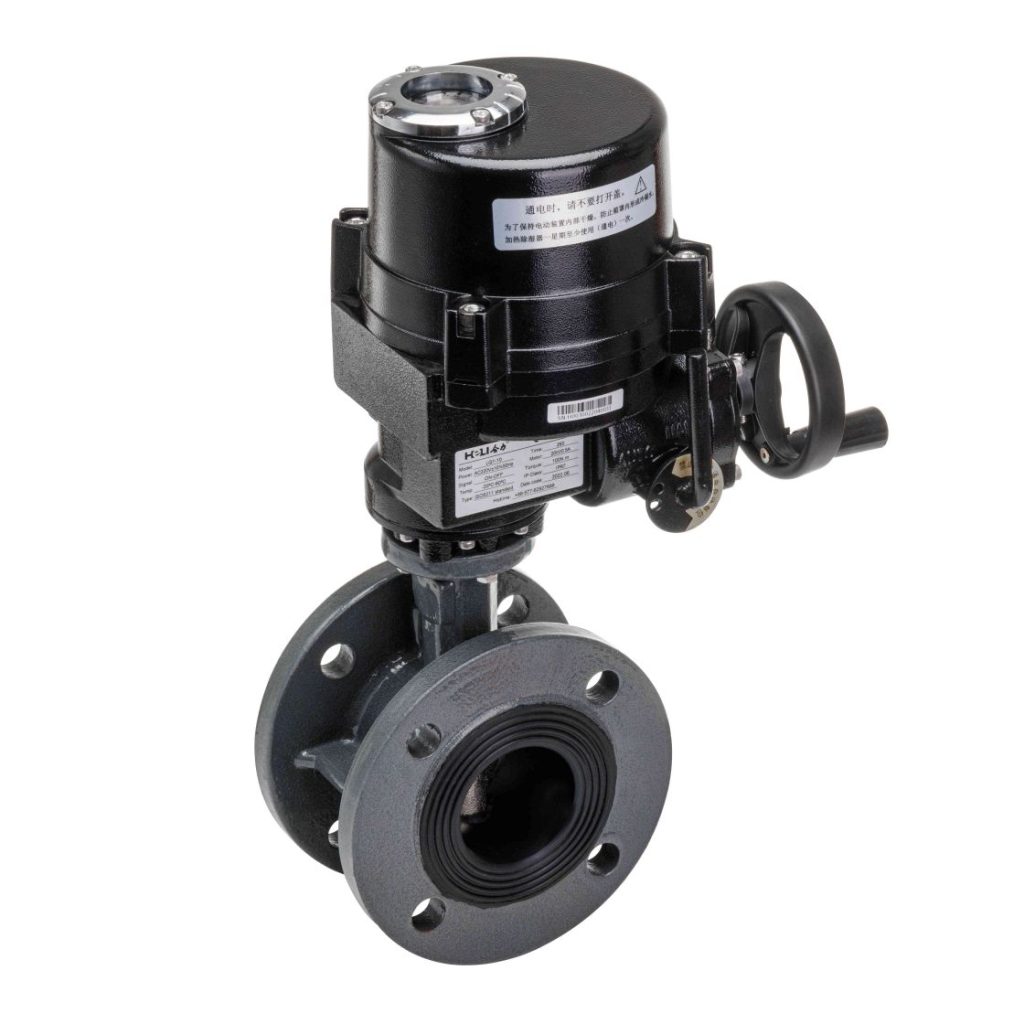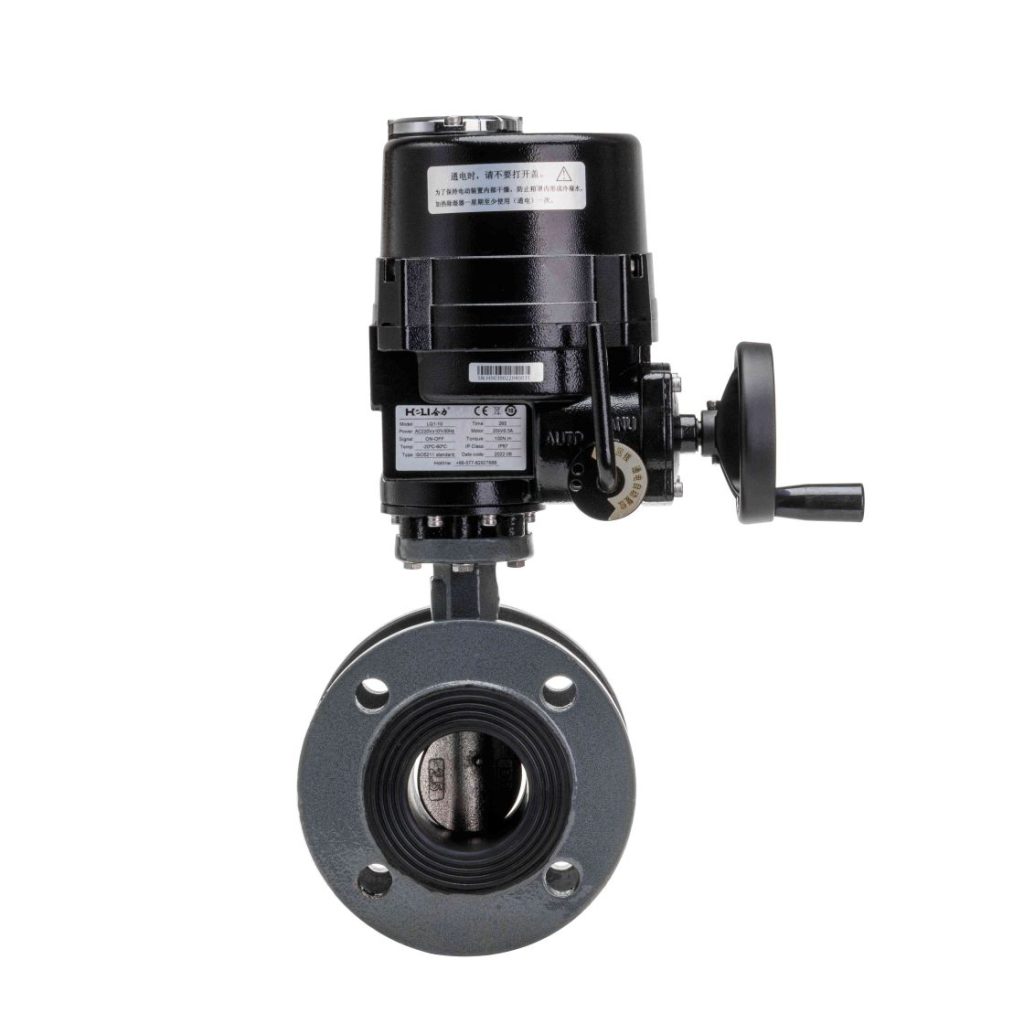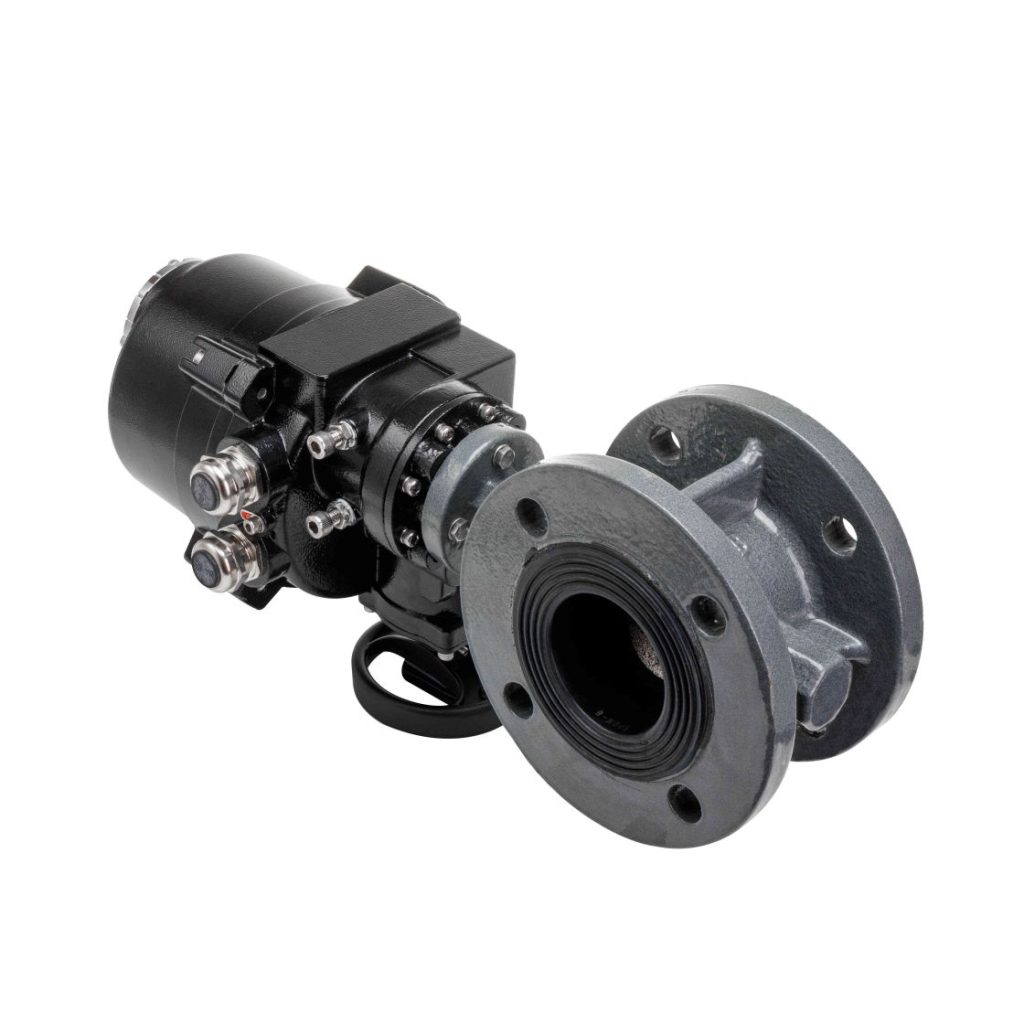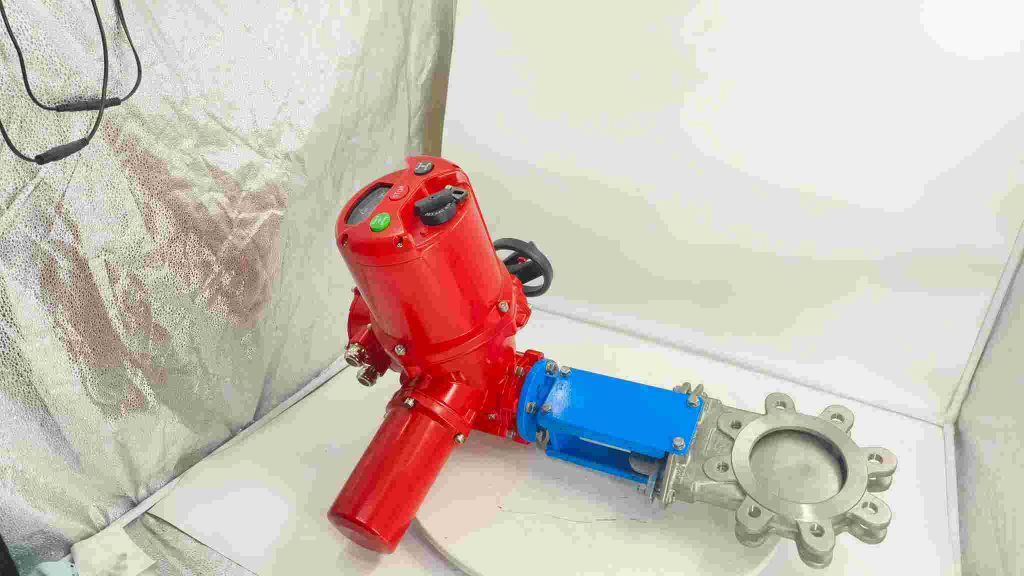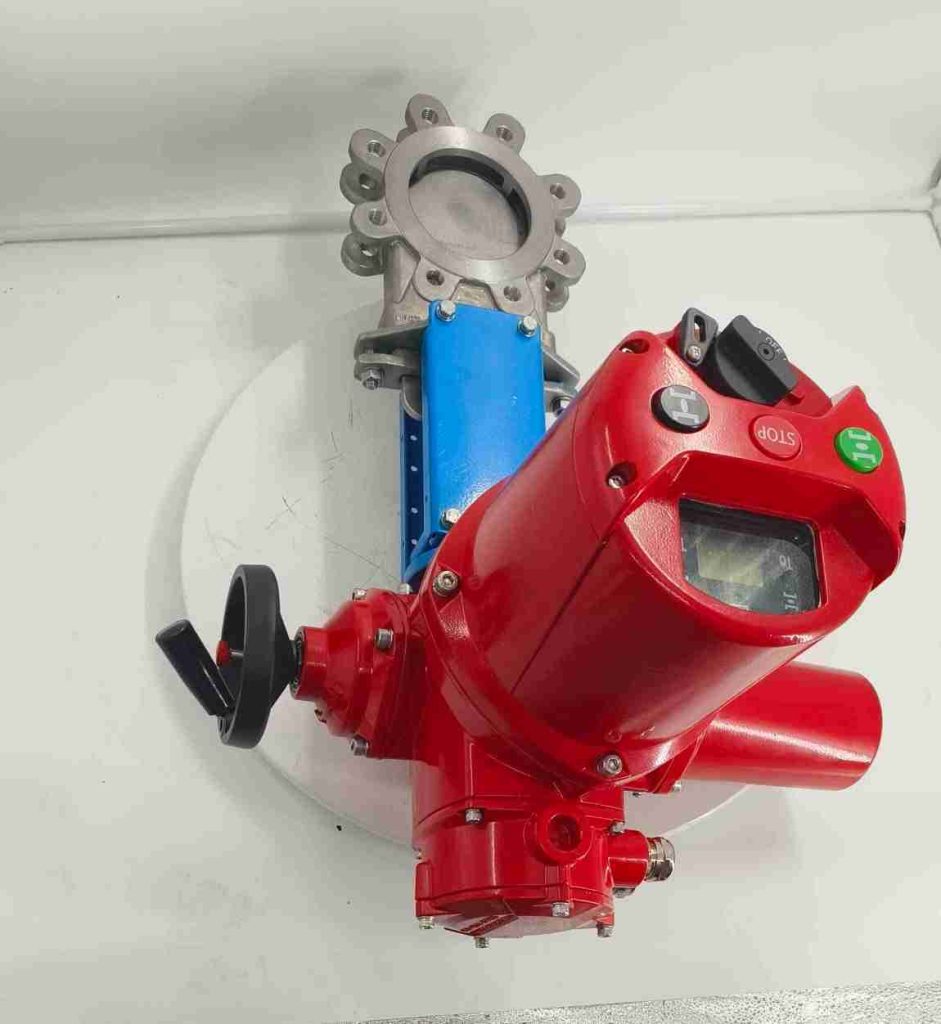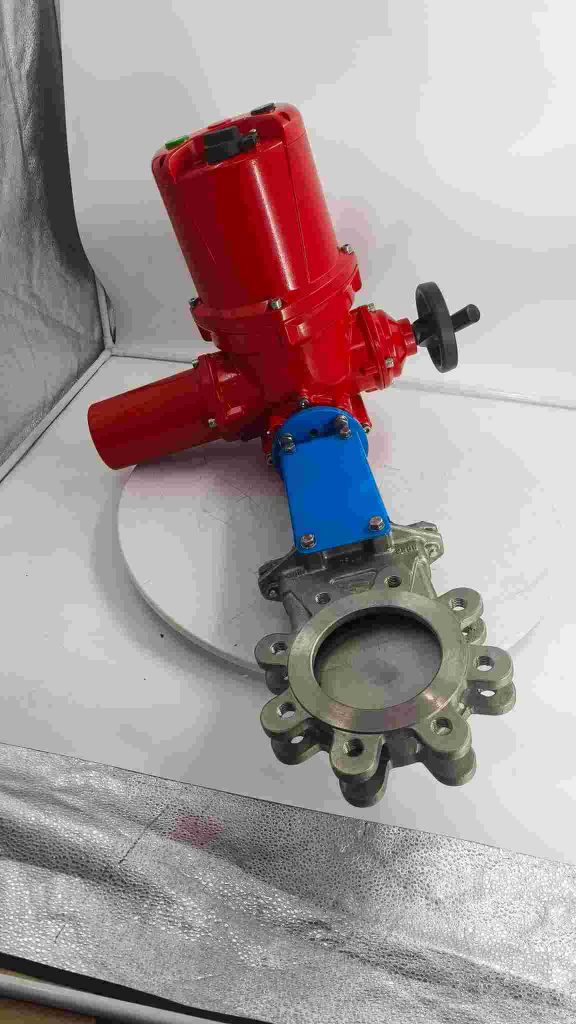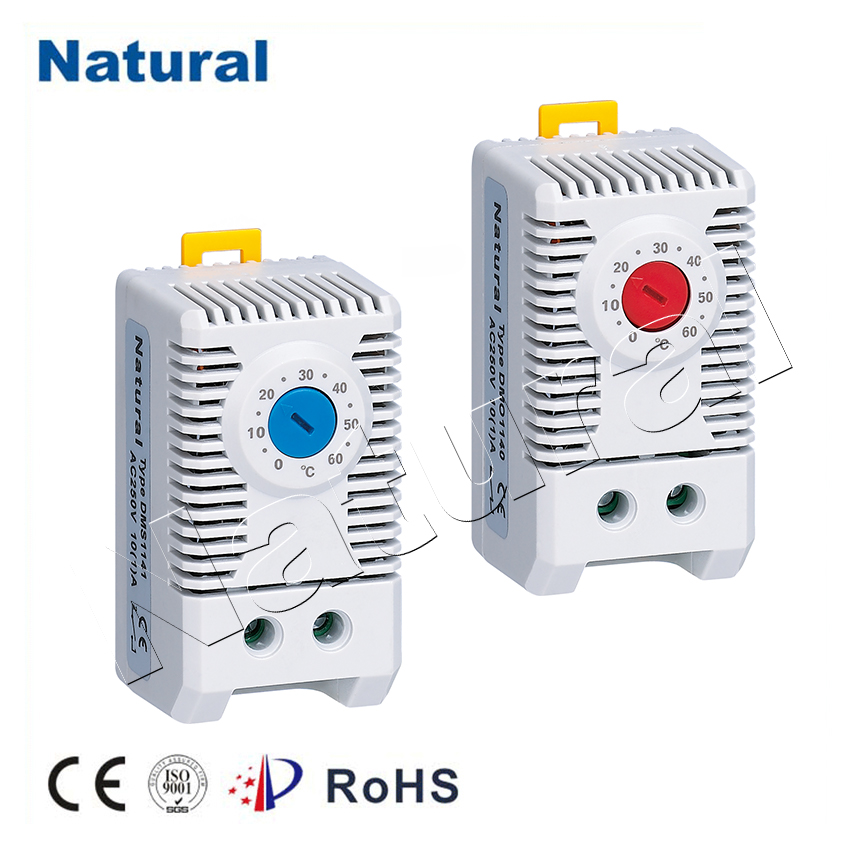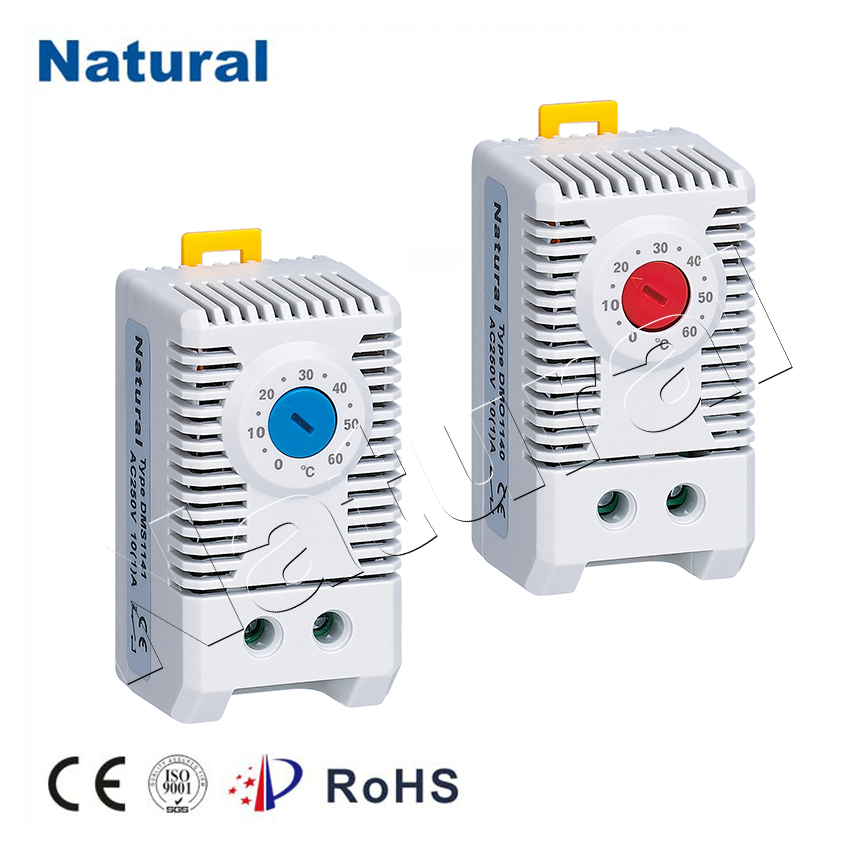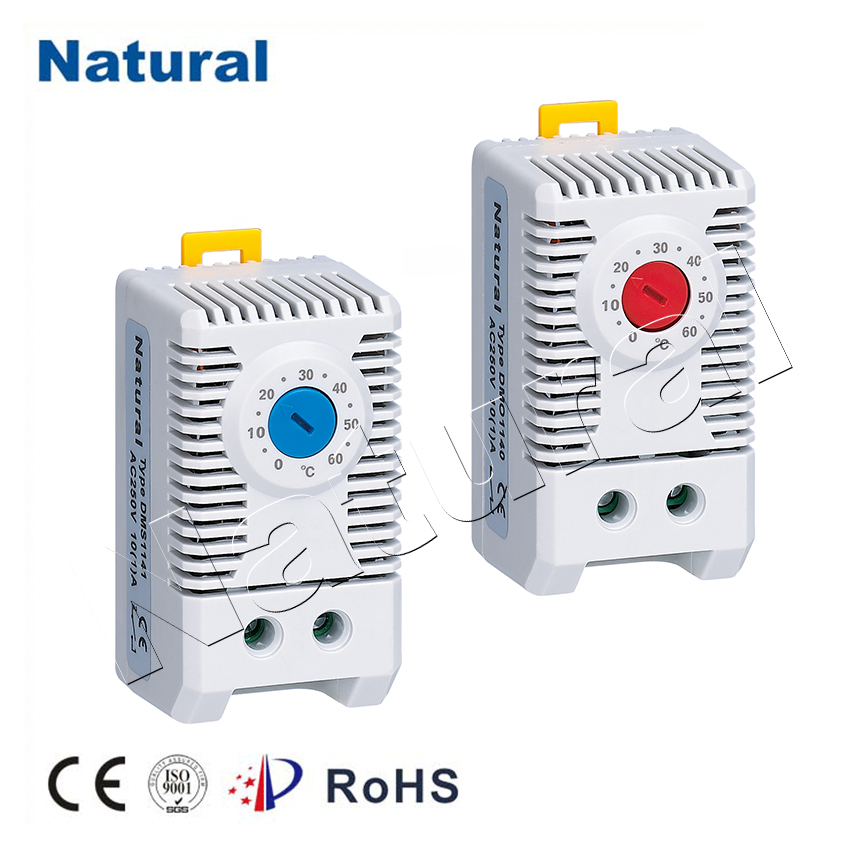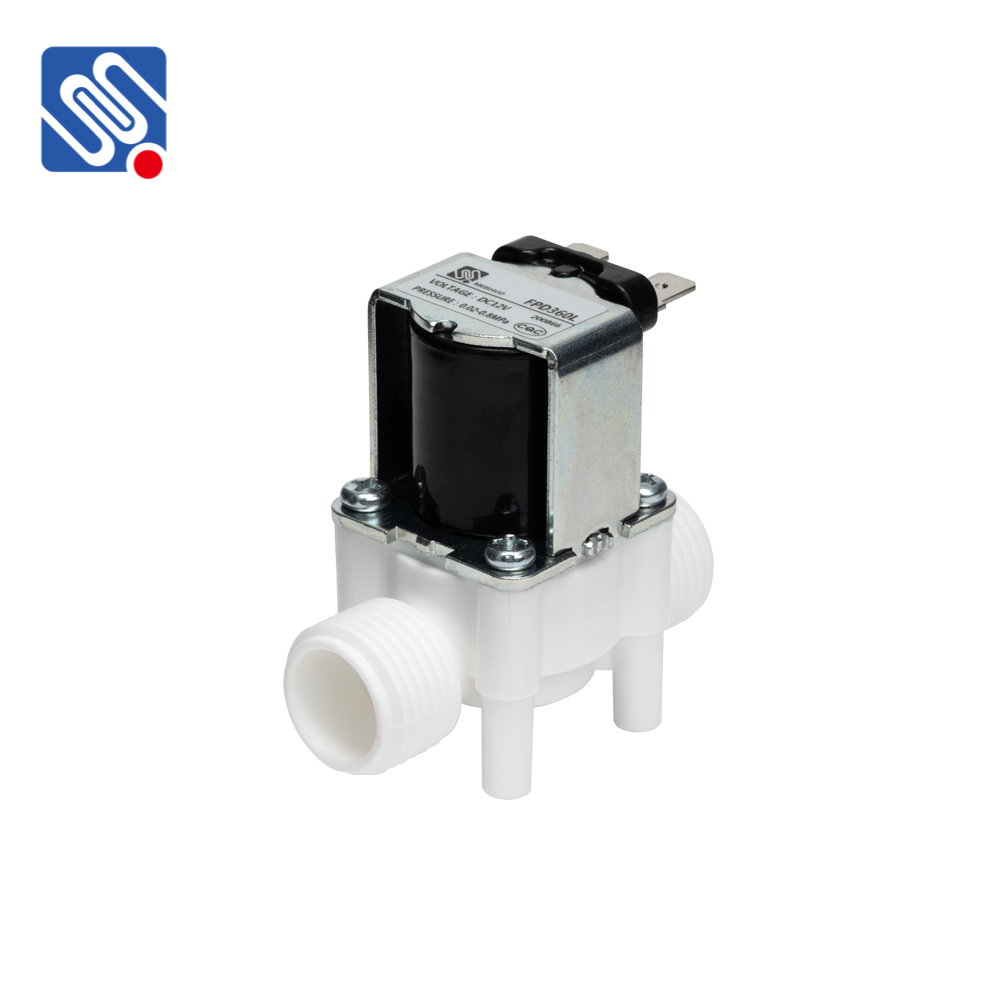Federico García Lorca, one of Spain’s most influential poets and playwrights, is renowned for his deeply emotional and culturally rich works. Born in 1898 in the small town of Fuente Vaqueros, Andalusia, Lorca’s life was as intense and dramatic as the poetry and plays he created. His writing, often marked by its profound understanding of human suffering, love, and the complex interplay of societal norms, explores themes of identity, desire, and the haunting beauty of Spain’s landscapes. Despite his tragic death in 1936, Lorca’s legacy endures, as his works continue to inspire and captivate readers and theatergoers around the world.

Lorca’s poetry and plays stand as powerful reflections of his personal experiences and the sociopolitical climate of early 20th-century Spain. He grew up in a country on the brink of dramatic change, where traditional values often clashed with new, more progressive ideas. These tensions would become a driving force behind much of his artistic output. Lorca’s poetry, in particular, is infused with a longing for escape, a desire to find freedom, and a deep sense of connection to the land and people of Andalusia. One of Lorca’s most notable works is the collection Poet in New York (1929-1930), which reveals the poet’s experience of life in the United States, particularly in New York City, and the profound disorientation he felt in this unfamiliar environment. This collection stands apart from his earlier works, reflecting a more modernist approach and a fascination with the alienation of city life. It contrasts sharply with the rural, deeply rooted cultural references found in his Andalusian works. In Poet in New York, Lorca explores themes of urban isolation, the brutality of capitalism, and the fragmentation of identity in a rapidly changing world. The surreal and sometimes grotesque imagery in these poems is a departure from the lyrical and romantic elements of his earlier work, showing his ability to adapt and evolve as a poet.
